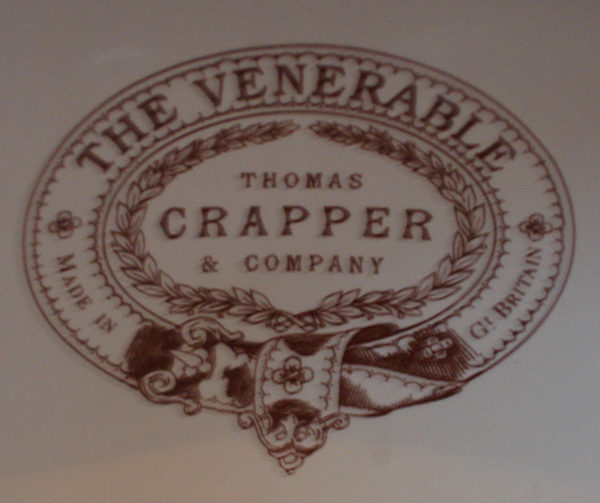
Whom and what can you believe these days? Today it’s known as “False or Fake News” and during the Reagan era, it was called “Spin.” A headline (or social media) is where it all starts. I should know. Remember my blog called Cindy Lauper and the Naked Princess? That one got a lot of attention. I recently read a BBC History Magazine article entitled The Legend of Thomas Crapper: Five Myths. It appears as though there has been a fair amount of false news perpetuated about Mr. Crapper over the past century. I suppose it’s all a bunch of crap.
Meet Thomas Crapper
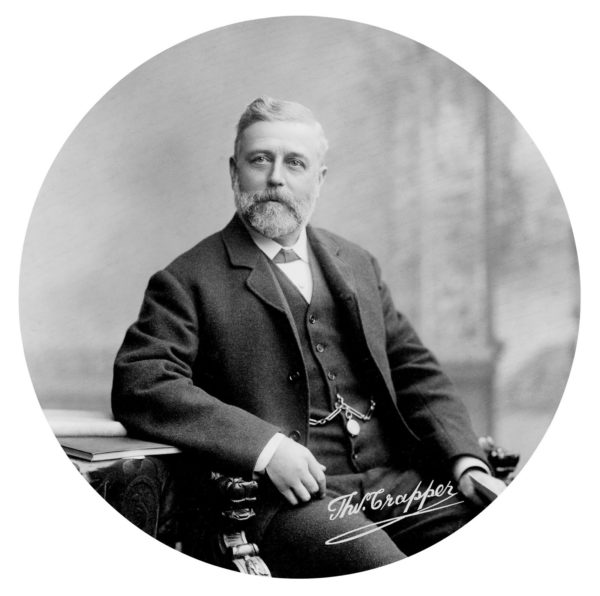
Thomas Crapper (1836−1910) is fondly remembered as the inventor of the toilet or if you will, the flushing toilet. However, is this really true? No, it’s not as we’ll see in a moment. Thomas was seventeen when he apprenticed under his brother George, a master plumber. By the time Thomas was twenty-five, he had gone out on his own and started a brass foundry and plumbing shop near Chelsea (now an affluent section of West London and my nephew’s favorite English Premier League team).
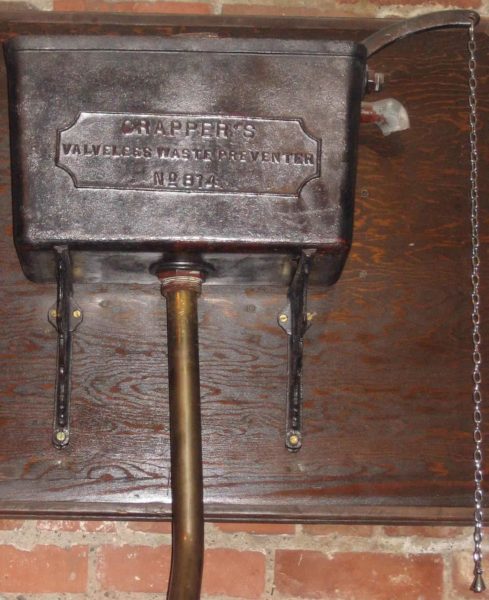
Queen Victoria reigned during Mr. Thomas’s entire life except for ten years. The Victorian Era was a time when things were supposed to be prim and proper. So, the mere mention, let alone the advertising of sanitary procedures or bathroom fixtures was not acceptable. However, Mr. Crapper didn’t care and he advertised and promoted his sanitary products through a bathroom fittings showroom. Can you imagine the stigma of visiting a toilet showroom? Learn more.
The flushing toilet was actually invented in 1596 by John Harington. The first water closet was invented in 1778. George Jennings took out a patent in 1852 for the flush-out toilet. None of these gents are remembered or permanently linked to the toilet as Mr. Crapper. Why?
Quality Toilets
Mr. Crapper’s company became very well-known to the point where Prince Edward (Queen Victoria’s eldest son and later King Edward VII) commissioned him with a Royal Warrant to supply the plumbing to one of the prince’s estates. These included thirty toilets, cedar wood seats, and enclosures. In addition to plumbing fixtures, Mr. Crapper’s company also supplied manhole covers to London. Inscribed on the covers is “T Crapper & Co Sanitary Engineers Marlboro Works Chelsea London.” Today, if you look closely, you’ll still find the manhole covers on the streets around London.
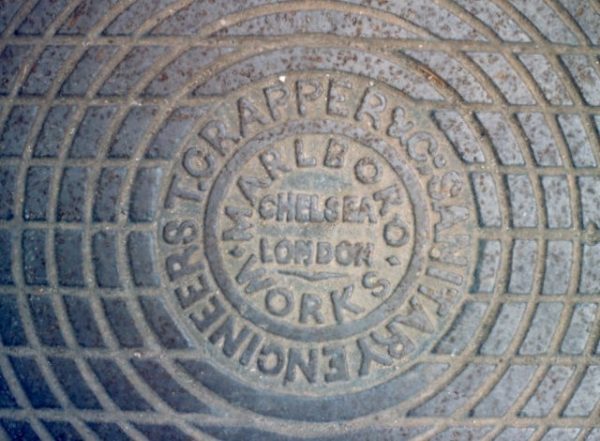
The story goes that when the American soldiers were stationed in England during World War I they would see the company’s similar inscriptions on the toilets and began to say, “I’m going to the crapper.”
And yes, you can still purchase a genuine “Crapper”.
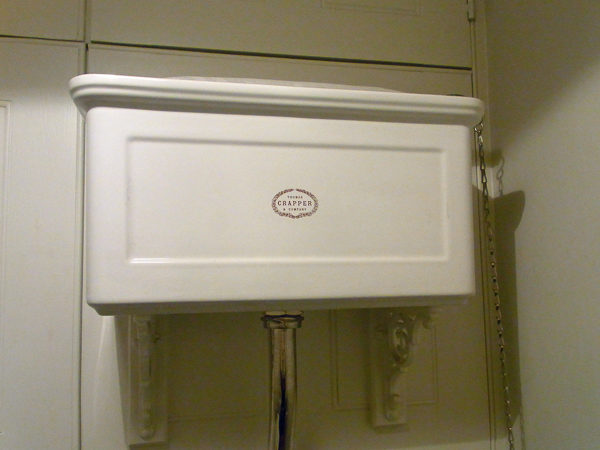
Medieval Bathroom Habits
Remember as a kid wondering how those astronauts went to the bathroom in space? Of course you do. We all did. So did you ever wonder what the bathroom facilities were like for the folks in medieval times? Of course you didn’t. Why would you unless you write a book on medieval Paris? Well, here’s your opportunity to learn something to amaze your friends at their cocktail parties.
When you visit Paris next time and are looking for something different to do, go to the John the Fearless tower (20, rue Étienne Marcel). Long story but suffice to say, it is the last remaining section of John’s Paris estate and one of the few medieval structures left in Paris. John built the tower as protection against his enemies (and he had a lot of them). John lived in the safest part of the tower—the top. It was also very convenient for his bathroom plumbing.
John’s toilet was located on the top floor. Do you remember the phrase about what rolls downhill? Well, it’s true. His ducal throne included a padded seat, chimney heating, and an air circulation system. The shaft is a 25-meter (82 feet) pipe that ended in a stone-lined pit. Similar to modern septic tank cleaners, but without the modern equipment, the gong farmer was responsible for cleaning the cesspit (they were very well paid for their services).
While John would have probably used cotton and linen rags to clean himself, normal folks had to settle for mullein leaves and straw—ouch! Royalty such as King Henry VIII of England had a servant called the “Groom of the Stool” who actually cleaned the royal buttocks. Do you think he got equal pay as the gong farmer? If not, I wonder if there were protests to right that wrong? Probably not under Henry VIII.
Learn more about John the Fearless and the mortal feud he had with his cousin by reading the two volumes of my book, Where Did They Burn the Last Grand Master of the Knights Templar.
One Last Bit of False News About Thomas Crapper
Now that you know Mr. Crapper didn’t invent the toilet, you’re probably pretty sure the word “crap” is a derivative of his name. Nope, you pooped out again. The word was used way before Mr. Crapper became a successful businessman. An 1859 dictionary of slang defined “crap” and I see no reason to go into the definition as you can likely figure it out.
Enjoy some British humor on the topic.
What’s New with Sandy and Stew?
Sandy and I are getting ready to go back to Europe for a river cruise starting in Budapest and fifteen days later, ending in Amsterdam. Along the way, we’ll go through four countries and travel on three of Europe’s main rivers. Hopefully, we’ll get to tour the ship’s bridge where the captain steers the ship. Did you know that the modern-day bridge functions were once located on a ship’s poop deck? Sorry. Had to get this last pun in.
Someone is Commenting On Our Blogs
Thanks to our friend Joe S. for insisting that Thomas Crapper invented the toilet. I hope this blog clears up the false news. Hey Joe, I don’t make this stuff up.
If there is a topic you’d like to see a blog written about, please don’t hesitate to contact me. I love hearing from you so keep those comments coming.
Why Would You Want To Buy Our “Walks Through History” Books?
Simple.
You like to travel and experience history and historical events. You like to see original buildings that had a significant impact on the people and events of the history you’re engaged with. You want to know the stories behind the brick and mortar in front of you.
The walking tour books are meticulously researched so you can go directly to those sites and learn about the building’s history as well as an introduction to some of the more interesting people associated with it.
Thank You
Sandy and I appreciate you visiting with us. We have some exciting things on the horizon and we’ll keep you updated as we go along.
Share This:
Follow Stew:
Find Stew’s books on Amazon and iBooks.
Please note that we do not and will not take compensation from individuals or companies mentioned or promoted in the blogs.
Walks Through History
Copyright © 2017 Stew Ross

